United Kingdom
March 6, 2024
Welcome to the second part of our product series. In our first article Contributing to advancement of plant breeding on a global scale, we discussed our family of high-tech duraweb® fabrics and why they are great for pollination control. But getting the right fabric is only half the picture, the other half is what you do with it!
In this article we share how our product designs benefit pollination control performance, why we give our products names like ‘3D.65’ or ‘STT’ and we also provide an insight into the crops our products are designed for.
Product design
Just as a carpenter would not use the same tool for every job, we understand that one-size-fits-all pollination control products do not cater to the specific needs of each of our customers. Our approach is more like having a diverse set of tools to ensure success in every breeding project.
When making pollination control products, we focus on four key factors:
Shape, Tailoring, Size and Fabric.
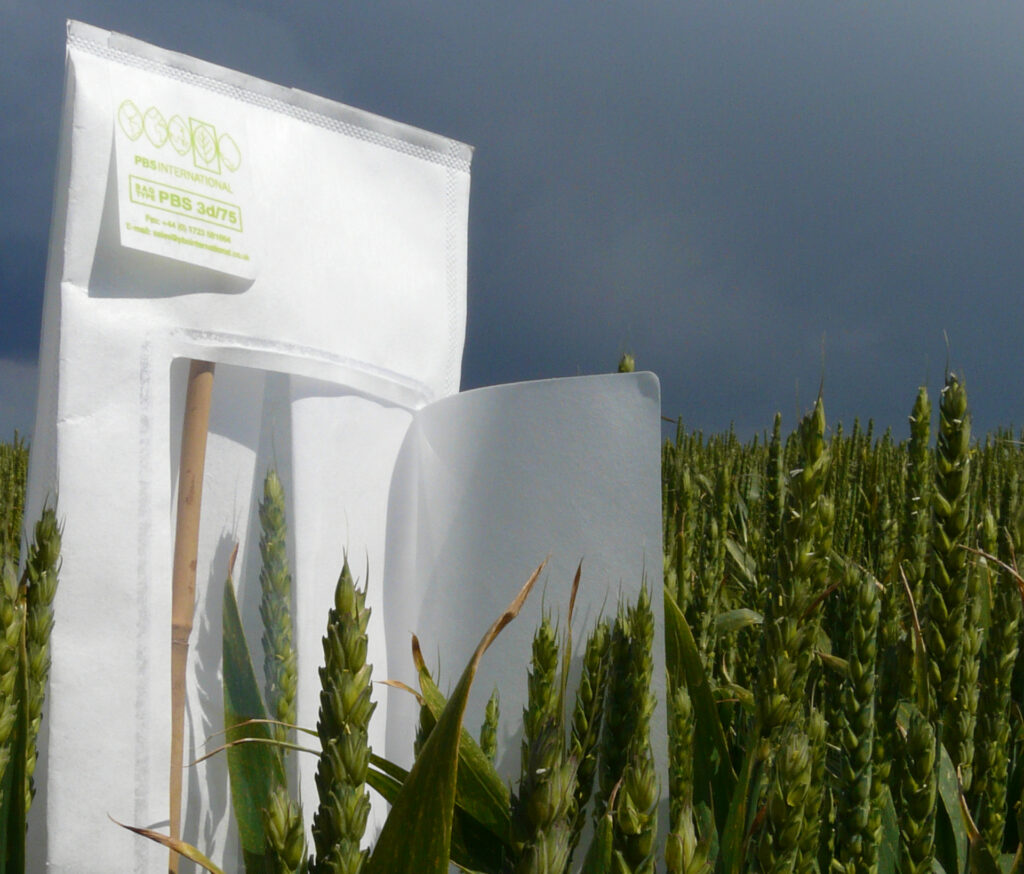
PBS International Pollination Control bag being used for a Wheat breeding program.
Shape
We design a range of bags to cater to the diversity of plant shapes. Our bags are either 2-dimensional (2D) or 3-dimensional (3D). Our 2D range are side welded and lie flat when unopened, whereas our 3D range have an additional gusset. This gusset creates a box shape providing greater depth and width which can better accommodate bushier or larger plants.
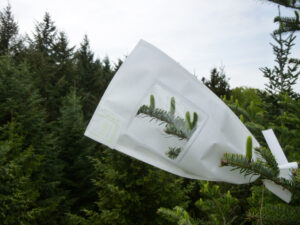
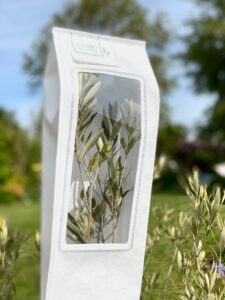
The PBS International product range includes 2 dimensional (2D with Silver Fir) and 3 dimensional bags (3D with Olive).
Tailoring
Over the past 50 years PBS has expanded the range of pollination control products based on feedback from our customers about their needs; creating bags with or without observation windows, tents to cater to larger indoor and outdoor projects, open-ended sleeves for vines, and pollen collectors.
Size
When it comes to size, our product range spans from single flower coverage to entire plants or plots. Size matters for several reasons. Too small a bag with a lot of plant material inside can cause excess humidity or damage to flowers, whereas too large a bag may create excess weight and damage to the plant.
The strength of the duraweb® fabric enables the bag to keep its shape and structure. It also allows space for plants to breathe, protects delicate flowers, and prevents punctures in bags used for larger spiky plants like Coconuts or Oil Palm.
Fabric
Specific fabrics are chosen for specific product designs. We consider different features for different circumstances whether we are looking to maximise light transmission and gas exchange while preventing pollen ingress, or ensuing enough flexibility so it can tie tightly around the stem of a plant but robust against the weather. For a more Indepth understanding of our family of duraweb® fabrics please read this article.
Product terminology
To help our customers choose the right bag for their program our product names are coded to distinguish their shape, size, and optional features including observation windows or window flaps (to protect against strong sunlight).
For example: Our smallest 2-dimensional bag with one window appears in the product guide as 2D .1-1W
• 2D = the shape
• .1 = the size option (.1 being the smallest)
• 1W = the number of windows

How our 2D.1 -1W bag is displayed in our product guide.
Whereas the 3D.55F refers to a 3-dimensional bag, 55cm in length with a window flap. It is worth noting here that all our 3D bags have a 15.8cm depth and 15.8cm width as standard.
• 3D = the shape
• .75 = the length of the bag in cm (75cm)
• F = includes a flap over the window.

North Carolina State University using 3D bags with flaps for their loblolly pine breeding program.
Product range and crops
With over 25 different bags catering to a multitude of crops, there are too many to list in this article! Below we will give an overview of our range and their common uses.
Small Bags
Our mini bags are our smallest range, starting with the 2D M7.15 (length 15cm/ width 7.5cm). This windowless range is suitable for covering a portion of the plant or branch, or smaller inflorescence and plants such as grasses and berries.
Included in the small bag range is the 2D.42 SG1, a bag specifically designed for Sorghum which has been proven to reduce bird damage and the build-up of mold.
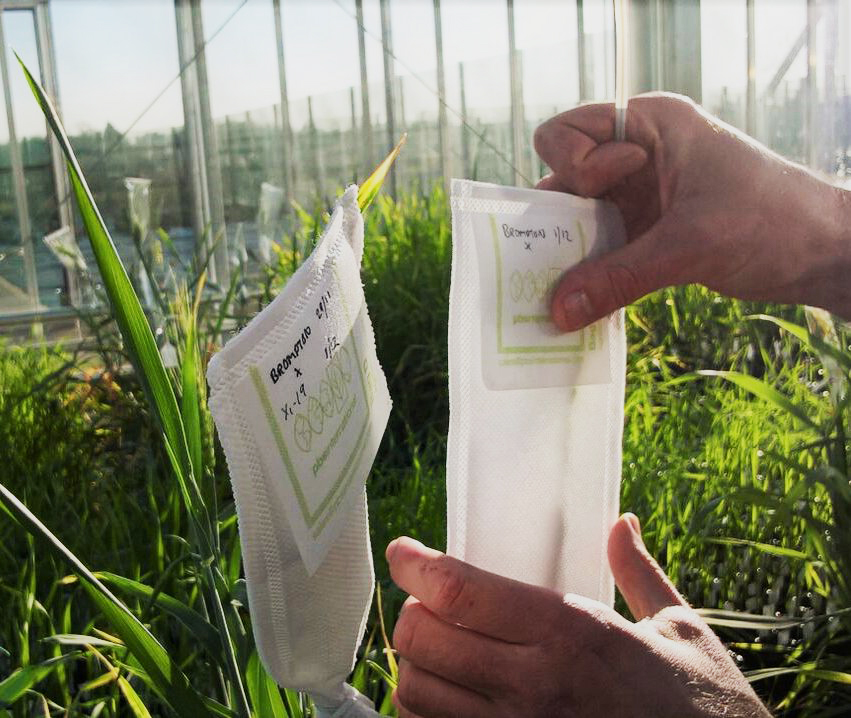
Our mini 2D bags being used for grasses.
Medium Bags
Our mid-size bags range from 50 to 65cm in length and 25 – 45cm wide and all have observation windows (except the CMP.55). The slimmer 2D bags are used for wind-pollinated vegetables and cereals whereas the 3D bags are commonly used in pine and deciduous tree breeding programs.
The CMP.55, designed in collaboration with the forestry sector for controlled mass pollination in seed production, is found in this range.

Larger 2D bags being used for a medicinal cannabis breeding program.
Large Bags
Our most popular large bag is the 2D.4-2W (L:91.5cm and W:63.5cm) which is used by palm breeders. It comes with the option of 1 or 2 windows which enables observation of the plant throughout the breeding process. Our large 3D range, with its extra capacity, minimises the contact between the plant and the bag, and is often used for cereals and cannabis.
We also produce large opened ended Sleeved tent tubes, our (STT) range, to fit across whole vines. In this video you can watch our customer Wye Hops Ltd using our STT sleeve.
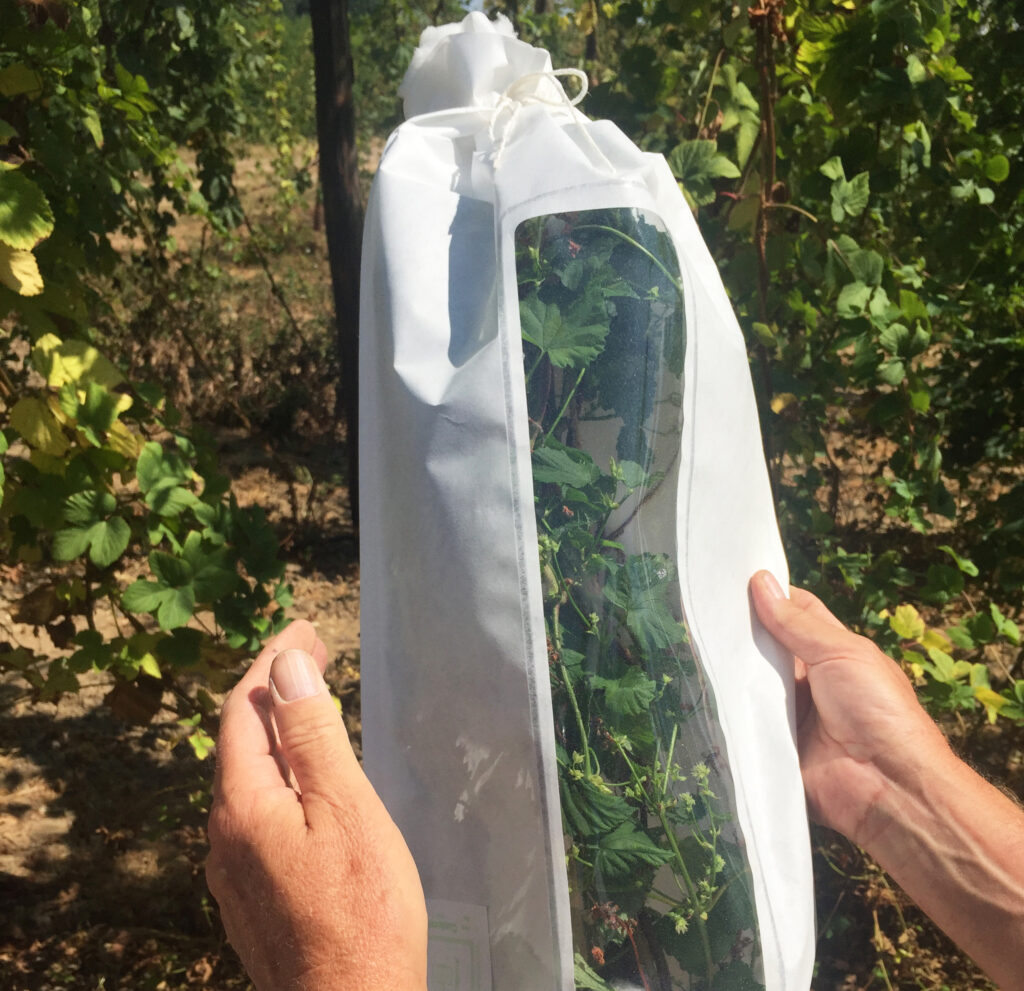
PBS International STT open ended sleeves specifically designed for Vine crops and used here with Hops.
Citadel Pollination Control Tents (PCT)
Our midi, and maxi modular PCTs are designed to be customised. Having an interchangeable pollination panel system, they can be used for both indoor and outdoor projects and come in a range of modifiable sizes. Customers are currently using them for cannabis, tobacco, wheat, and amaranth.
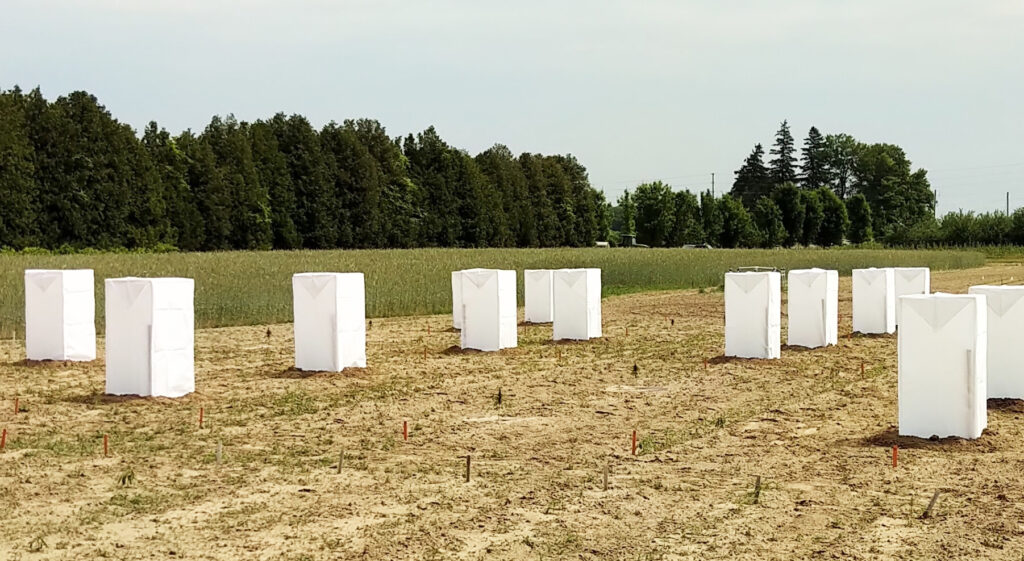
PBS International Citadel mini tents being used for a hemp breeding program.
To find out more about our full range of products we recommend that you view our PBS International products guide.
Globally trialled, tested, and trusted
Many of our products have been designed in close collaboration with our customers, who also trial and test their effectiveness in the field. We build trust in our products through ongoing research and development which has led to a considerable number of published papers- please see our research section on our website for more information.
If you have questions about our products, would like advice for the most suitable product for your purpose, or have a specific design in mind, our team will be happy to help. Contact us at email: enquiries@pbsinternational.com.
Keep your eye out for part 3 of our product series where we will be sharing a Q&A article, covering questions around pore size, product endurance and how our fabrics block pollen.
Be sure to sign up to our newsletter where you will be notified when our next article goes live!